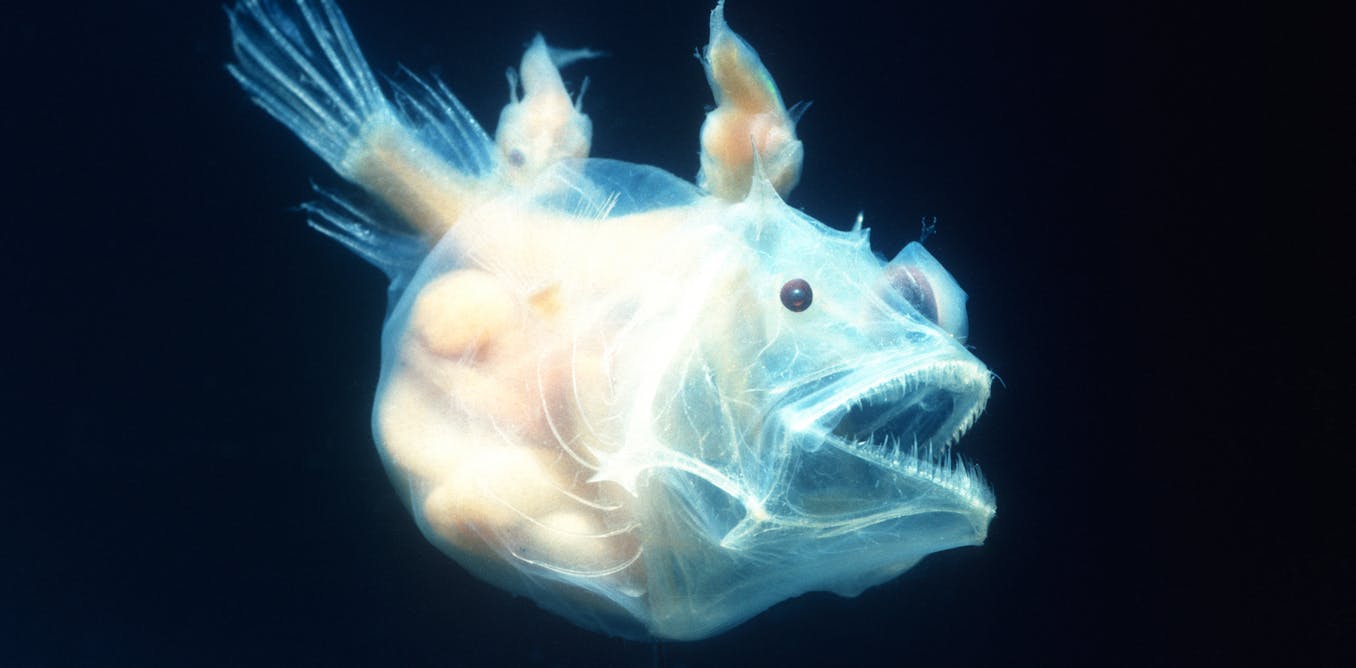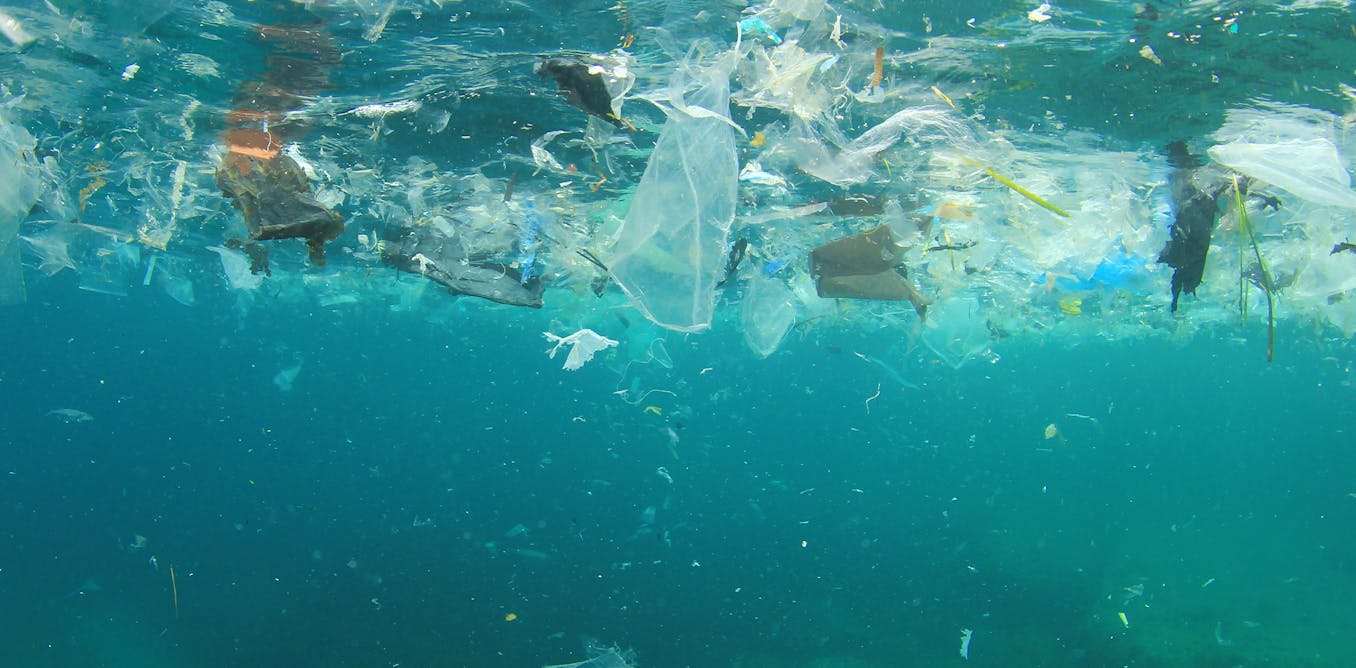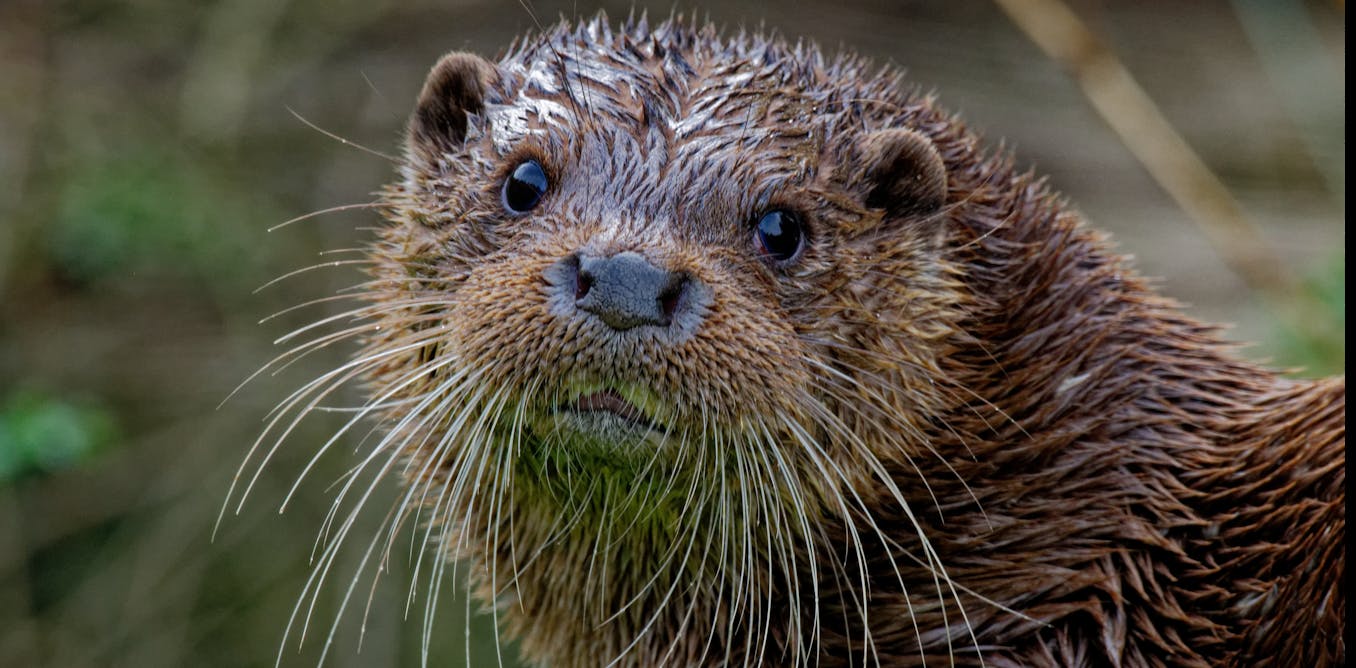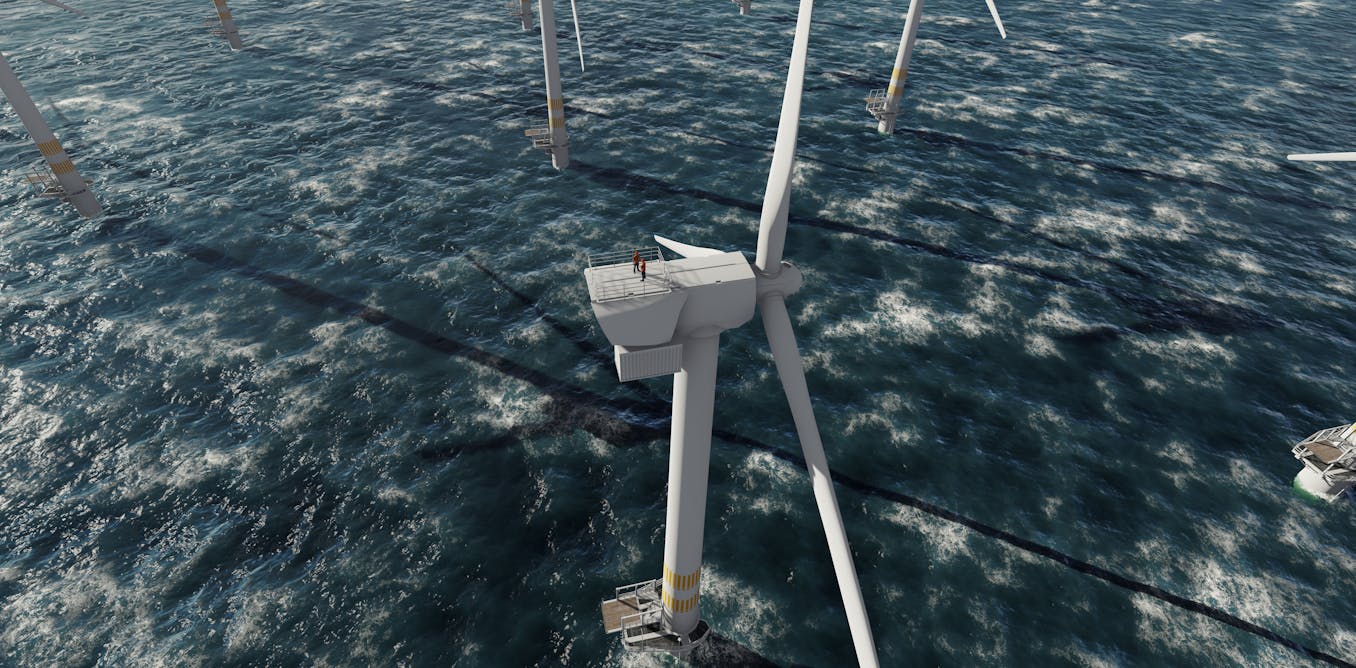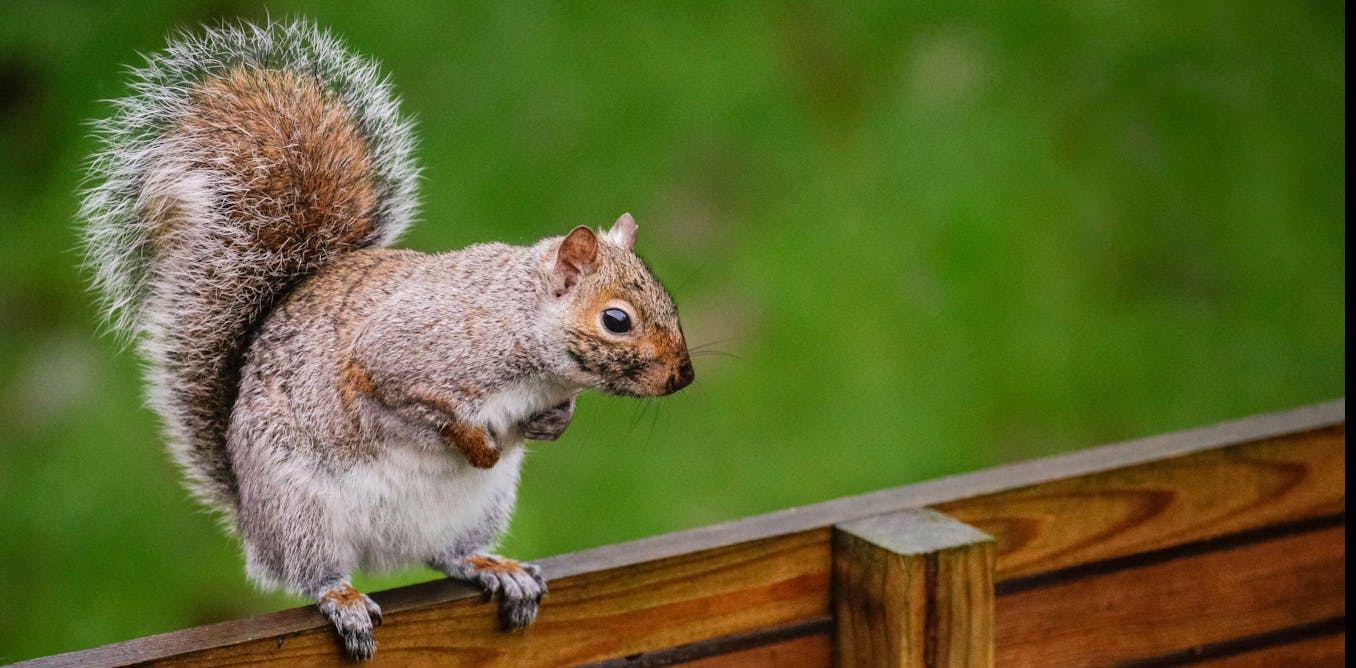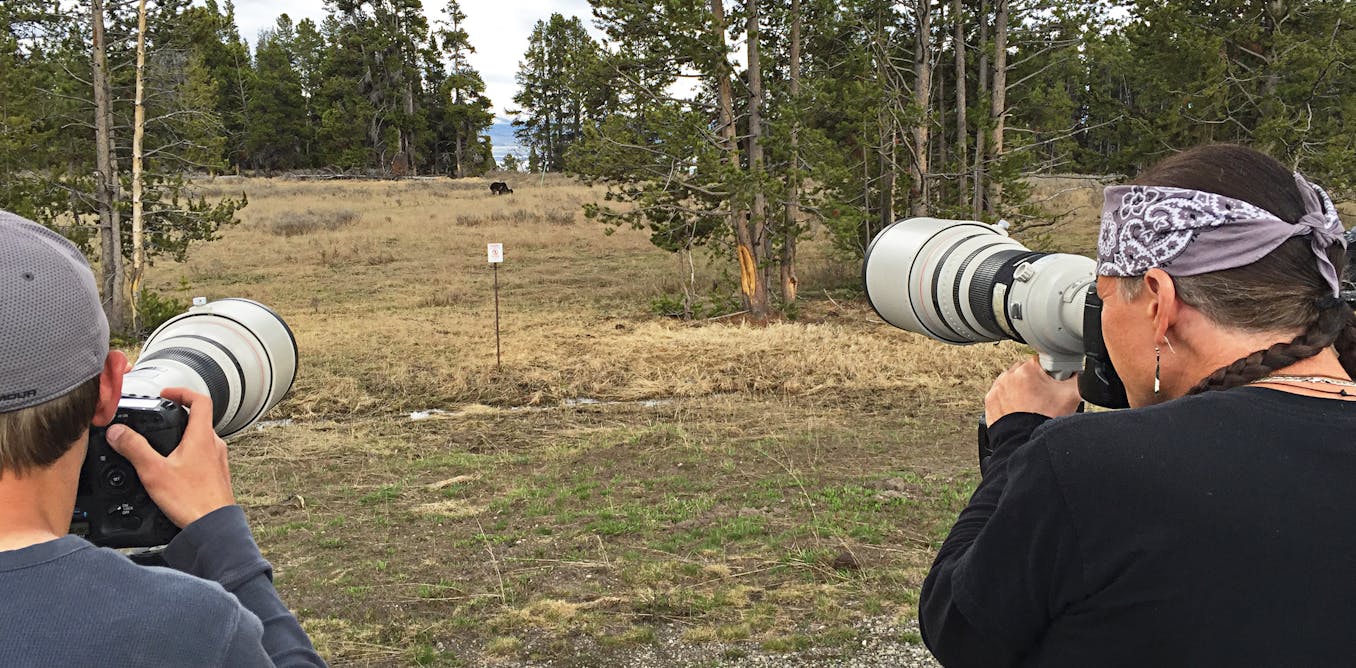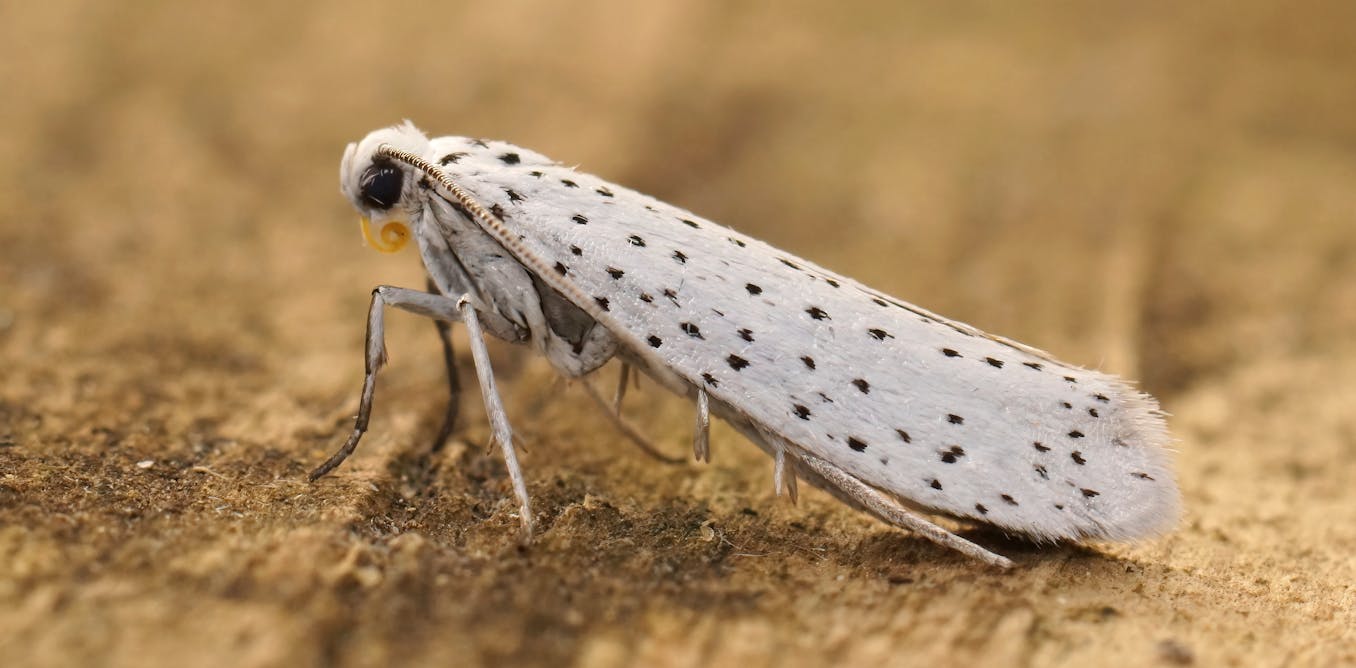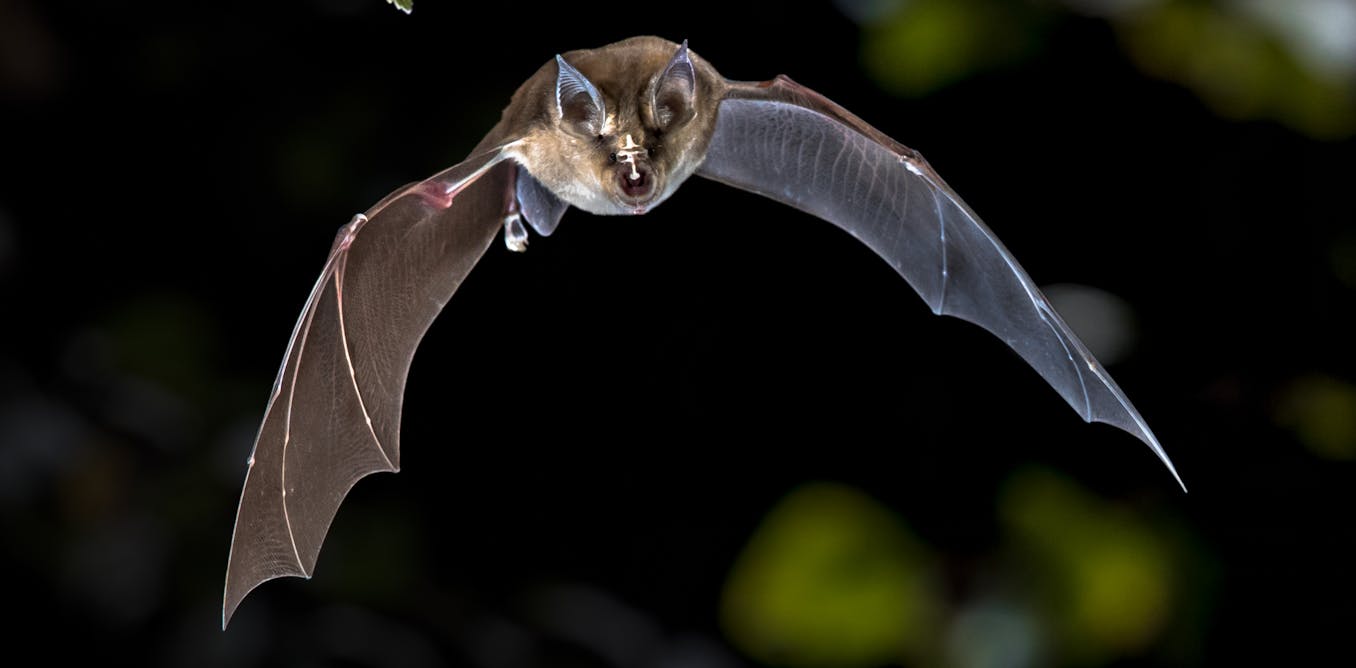Five hotspots where floating plastic litter poses the greatest risk to North Atlantic marine life – new study
As it travels around the ocean, plastic litter can harm wildlife and marine habitats in many ways. This study highlights five key hotspots where floating plastic poses the biggest risk.
March 6, 2024 • ~7 min
Could a couple of Thai otters have helped the UK’s otter population recover? Our study provides a hint
Research has revealed how British otters may have been able to recover from species loss in the 1950s with the help of otters from Asia.
Feb. 27, 2024 • ~6 min
Offshore wind farms: policymakers are more influenced by reports that accentuate negative impacts – new study
A new study highlights how different literature portrays the pros and cons of offshore wind. Comprehensive assessment frameworks could create more consistency in the future.
Feb. 22, 2024 • ~7 min
Gut bacteria may explain why grey squirrels outcompete reds – new research
New research suggests the gut bacteria of red and grey squirrels differ significantly, potentially explaining the decline of the native red and the success of its grey counterpart.
Feb. 21, 2024 • ~6 min
Wildlife selfies harm animals − even when scientists share images with warnings in the captions
The caption may say that only scientists and trained professionals should handle wild animals, but viewers remember the image, not the words.
Feb. 14, 2024 • ~9 min
We’ve found out how earless moths use sound to defend themselves against bats – and it could give engineers new ideas
The ermine moth’s wing structures are fascinating because they rely on a mechanism we teach our engineering students to avoid
Feb. 6, 2024 • ~8 min
Otters, beavers and other semiaquatic mammals keep clean underwater, thanks to their flexible fur
The bottoms of boats and docks can accumulate lots of dirt, but semiaquatic animals like otters avoid having ‘fouled’ fur. Their secret could one day help keep underwater infrastructure clean.
Jan. 11, 2024 • ~4 min
/
39

